David Garshen Bomberg (1890 – 1957)
Get a David Garshen Bomberg (1890 – 1957) Certificate of Authenticity for your painting (COA) for your David Garshen Bomberg (1890 – 1957) drawing.
For all your David Garshen Bomberg (1890 – 1957) artworks you need a Certificate of Authenticity (COA) in order to sell, to insure or to donate for a tax deduction.
Getting a David Garshen Bomberg (1890 – 1957) Certificate of Authenticity (COA) is easy. Just send us photos and dimensions and tell us what you know about the origin or history of your David Garshen Bomberg (1890 – 1957) painting or drawing.
If you want to sell your David Garshen Bomberg (1890 – 1957) painting or drawing use our selling services. We offer David Garshen Bomberg (1890 – 1957) selling help, selling advice, private treaty sales and full brokerage.
We have been authenticating David Garshen Bomberg (1890 – 1957) and issuing certificates of authenticity since 2002. We are recognized David Garshen Bomberg (1890 – 1957) experts and David Garshen Bomberg (1890 – 1957) certified appraisers. We issue COAs and appraisals for all David Garshen Bomberg (1890 – 1957) artworks.
Our David Garshen Bomberg (1890 – 1957) paintings and drawings authentications are accepted and respected worldwide.
Each COA is backed by in-depth research and analysis authentication reports.
The David Garshen Bomberg (1890 – 1957) certificates of authenticity we issue are based on solid, reliable and fully referenced art investigations, authentication research, analytical work and forensic studies.
We are available to examine your David Garshen Bomberg (1890 – 1957) painting or drawing anywhere in the world.
You will generally receive your certificates of authenticity and authentication report within two weeks. Some complicated cases with difficult to research David Garshen Bomberg (1890 – 1957) paintings or drawings take longer.
Our clients include David Garshen Bomberg (1890 – 1957) collectors, investors, tax authorities, insurance adjusters, appraisers, valuers, auctioneers, Federal agencies and many law firms.
We perform David Garshen Bomberg art authentication, appraisal, certificates of authenticity (COA), analysis, research, scientific tests, full art authentications. We will help you sell your David Garshen Bomberg or we will sell it for you.
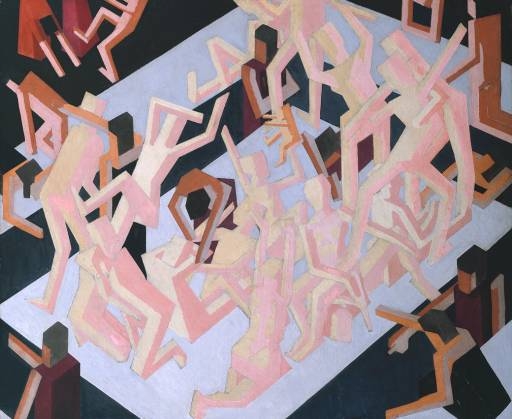
1912 Oil on Canvas
Tate Museum
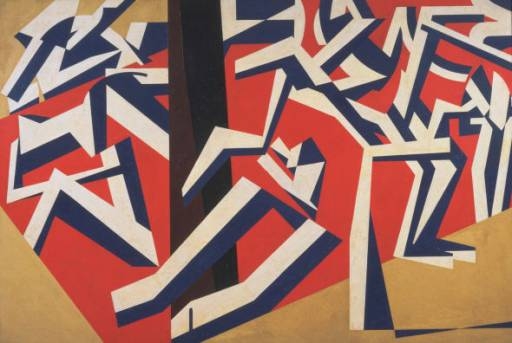
1914 Oil on Canvas
David Garshen Bomberg was an English painter, best known for being one of the “Whitechapel Boys” (a group of Anglo-Jewish writers and artists). Bomberg was born in Birmingham, England in a Polish-Jewish family. Bomberg was the seventh of eleven children, all of which moved to Whitechapel in the East End of London in 1895.
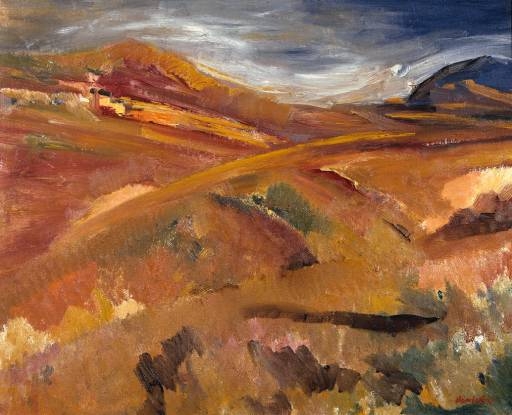
1947 Oil on Canvas
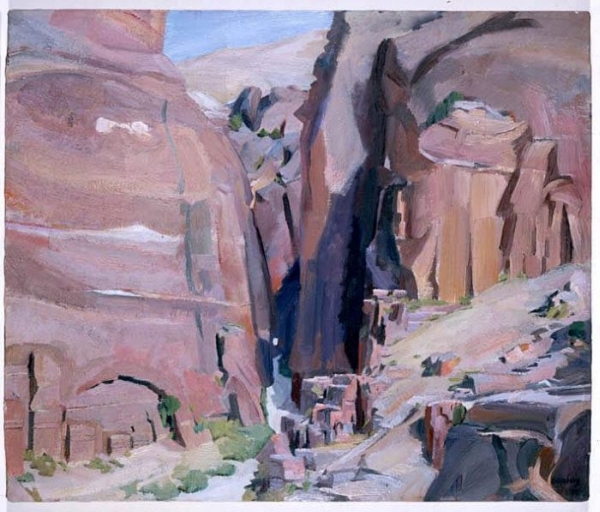
1924 Oil on Canvas
Birmingham Museum.
Bomberg started his studies at City and Guilds and the Westminster School of Art before entering the Slade School of Art. Bomberg was able to study at Slade with a scholarship from the Jewish Education Aid Society and the help of painter, John Singer Sargent. At Slade, Bomberg was a pupil of Henry Tonks, learning a variety of techniques ranging from Impressionism to Cubism and Futurism. In 1913 Bomberg was expelled from Slade after clashing with Tonks, among other professors.
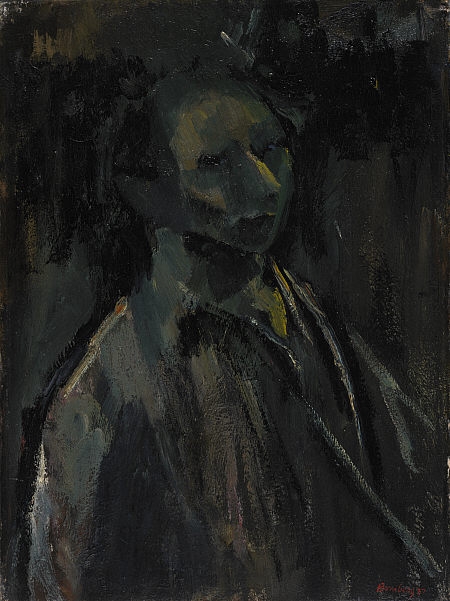
1937 Oil on Canvas
National Gallery of Scotland
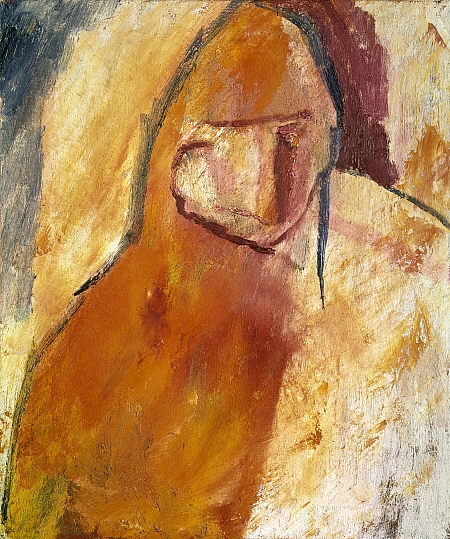
1955 Oil on Canvas
National Gallery of Scotland
After leaving Slade, Bomberg travelled to France with his friend Jacob Epstein, meeting Picasso, Derain and Modigliani. When Bomberg returned to England, he exhibited with the London Group, the Camden Town Group and was loosely associated with the Omega Workshops of the Bloomsbury Group. Bomberg opted not to become thoroughly engaged with the Vorticist group, and declined the opportunity to contribute to their magazine BLAST.
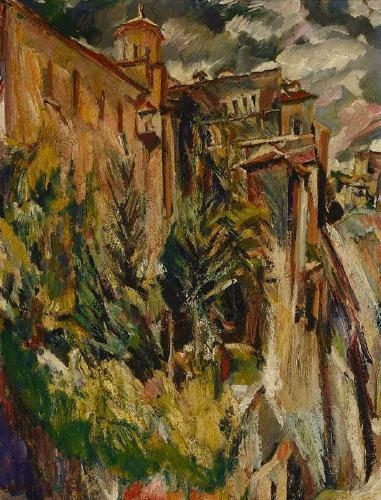
1934 Oil on Canvas
New Art Gallery of South Wales
1914 was an important year in Bomberg’s life, as he held a solo exhibition at the Chenil Gallery in Chelsea. The exhibit received positive press from critics and other artists, and a few of his pieces were sold to John Quinn, an important American collector.
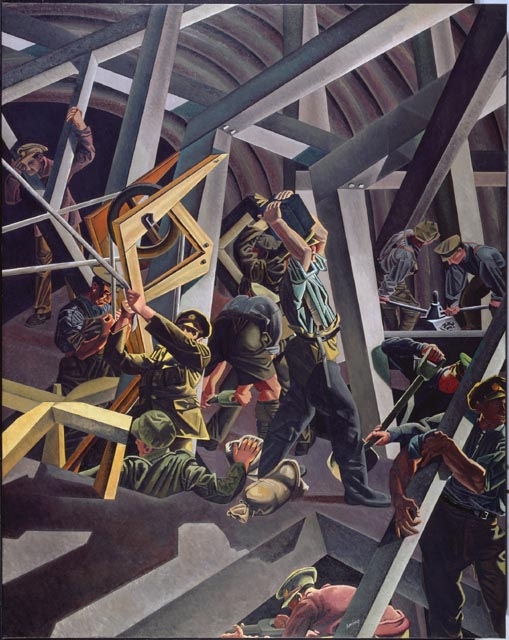
1919 Oil on Canvas
National Gallery of Canada
Unfortunately, Bomberg did not make enough money from his paintings to support himself, and he joined the Royal Engineers in 1915. Within a year of service, Bomberg was transferred to the King’s Royal Rifle Corps, and eventually sent to the Western Front. Bomberg served as a private soldier in the trenches, experiencing a great deal of trauma. By the end of World War I, both his brother and several good friends had lost their lives. His wartime experience not only changed his outlook on life, but also his career as an artist. After returning from battle, Bomberg began painting more figurative paintings, portraits and landscapes. His style became more organic and countered the avant-garde trends.
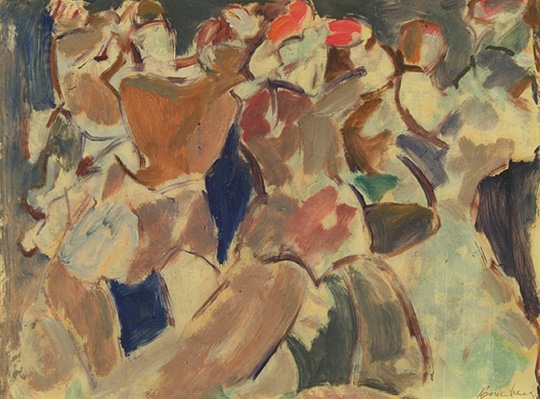
1920 Oil on paper
Brighton and Hove Museums
In 1919 Bomberg created an artist’s book “Russian Ballet”, and was a commissioned to make a Canadian War Memorial. The Canadian authorities later rejected his memorial “Sappers at Work”. From 1923 to 1927 Bomberg spent several years in Palestine, painting and drawing with the backing of a Zionist Organization. After Palestine, Bomberg continued his travels to such Spanish cities as Toledo, Ronda, Asturias. He made brief visits to England and made several paintings in Cornwall. Before the start of World War II, Bomberg spent time in the Soviet city, Odessa, until being forced to return to London. Back in London Bomberg made several paintings about the violence and political struggle around him.
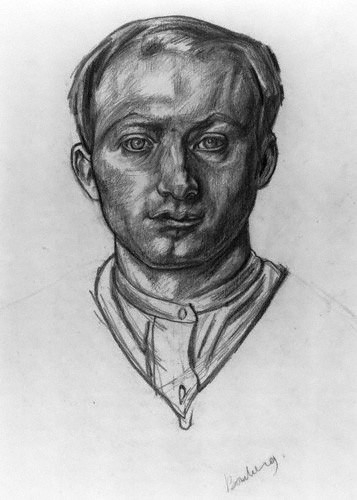
1913-1914 Chalk on paper 22 x 15 in
National Portrait Gallery London
After the War, in 1945, Bomberg was hired as a teacher Borough Polytechnic in London, where he tutored such future artists as Frank Auerback, Leon Kossoff, Cliff Holden, Dorothy Mead and Miles Richmond. Bomberg did not have success as an artist during the post-war period and died in a state of poverty.
Since his death Bomberg’s work has been shown in a major retrospective at the Tate Gallery and was exhibited in the Abbot Hall Art Gallery in Kendal. Do you think you own a painting by David Garshen Bomberg? Contact us. We are the Bomberg experts.
